Nvidia GeForce RTX 3060 vs. Intel Arc A770: Which GPU should you buy?
 Image: Thiago Trevisan
Image: Thiago TrevisanThe graphics card market is no longer just a duet. Make room for a new entrant in the competitive world of pushing pixels! Intel has finally introduced its Arc lineup of desktop graphics cards, hoping to take on both Nvidia and AMD for the hearts of gamers.
We’re going to be comparing the best that Intel can offer, the Arc A770 Limited Edition 16GB, against Nvidia’s mainstream favorite, the popular GeForce RTX 3060 12GB. We will discuss performance, current price and availability, and other vitals such as driver stability. We’ll discuss some tidbits for content creators too, such as the AV1 encoding capabilities.
Does Intel deserve a chance at your hard-earned cash to be the muscle inside your gaming PC? Let’s find out!
Arc A770 Limited Edition
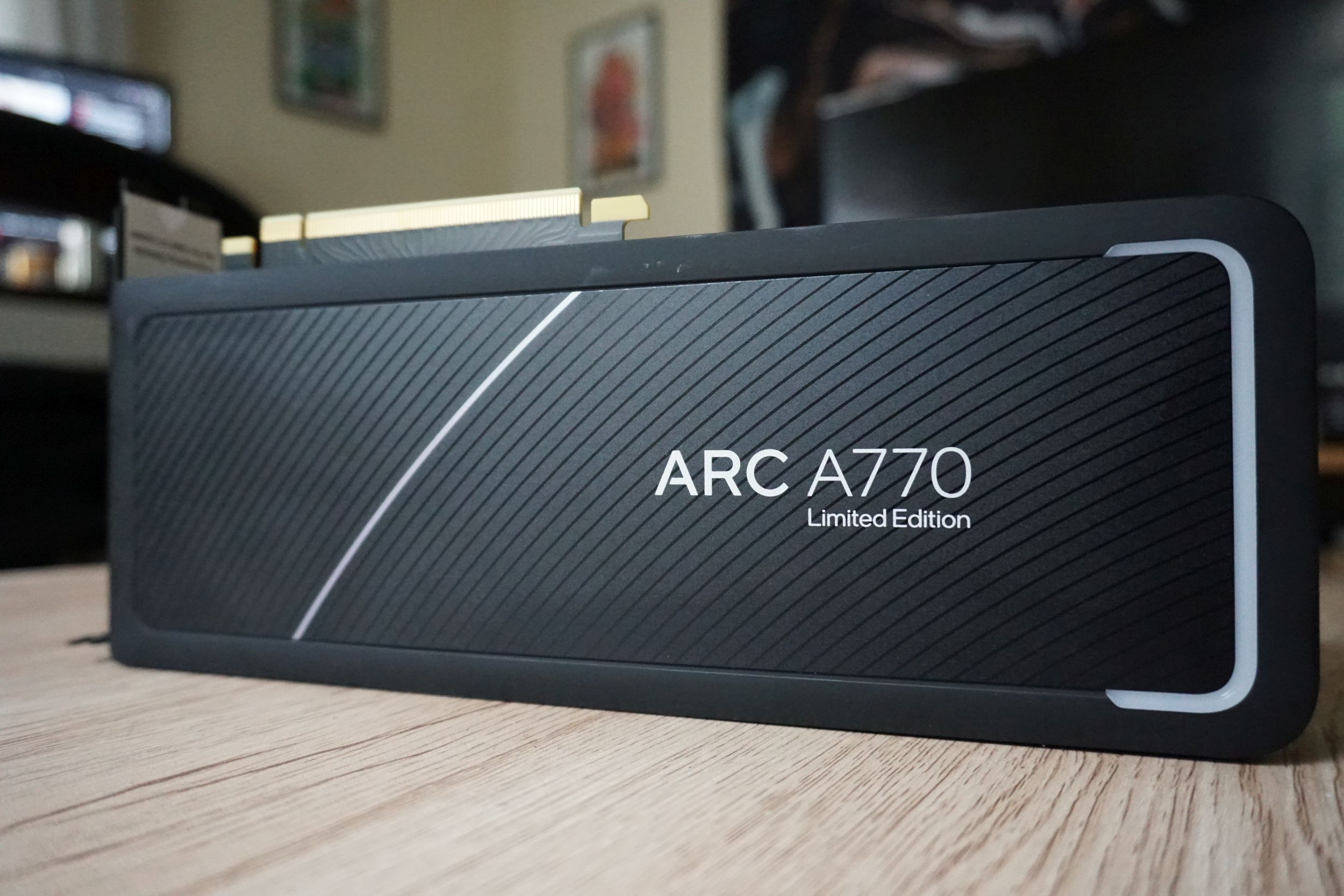 Read our reviewPrice When Reviewed:$329 (8GB) | $349 (16GB, reviewed)Best Prices Today:$349.99 at B&H Photo | $349.99 at Newegg
Read our reviewPrice When Reviewed:$329 (8GB) | $349 (16GB, reviewed)Best Prices Today:$349.99 at B&H Photo | $349.99 at Newegg
GeForce RTX 3060 XC Black Gaming
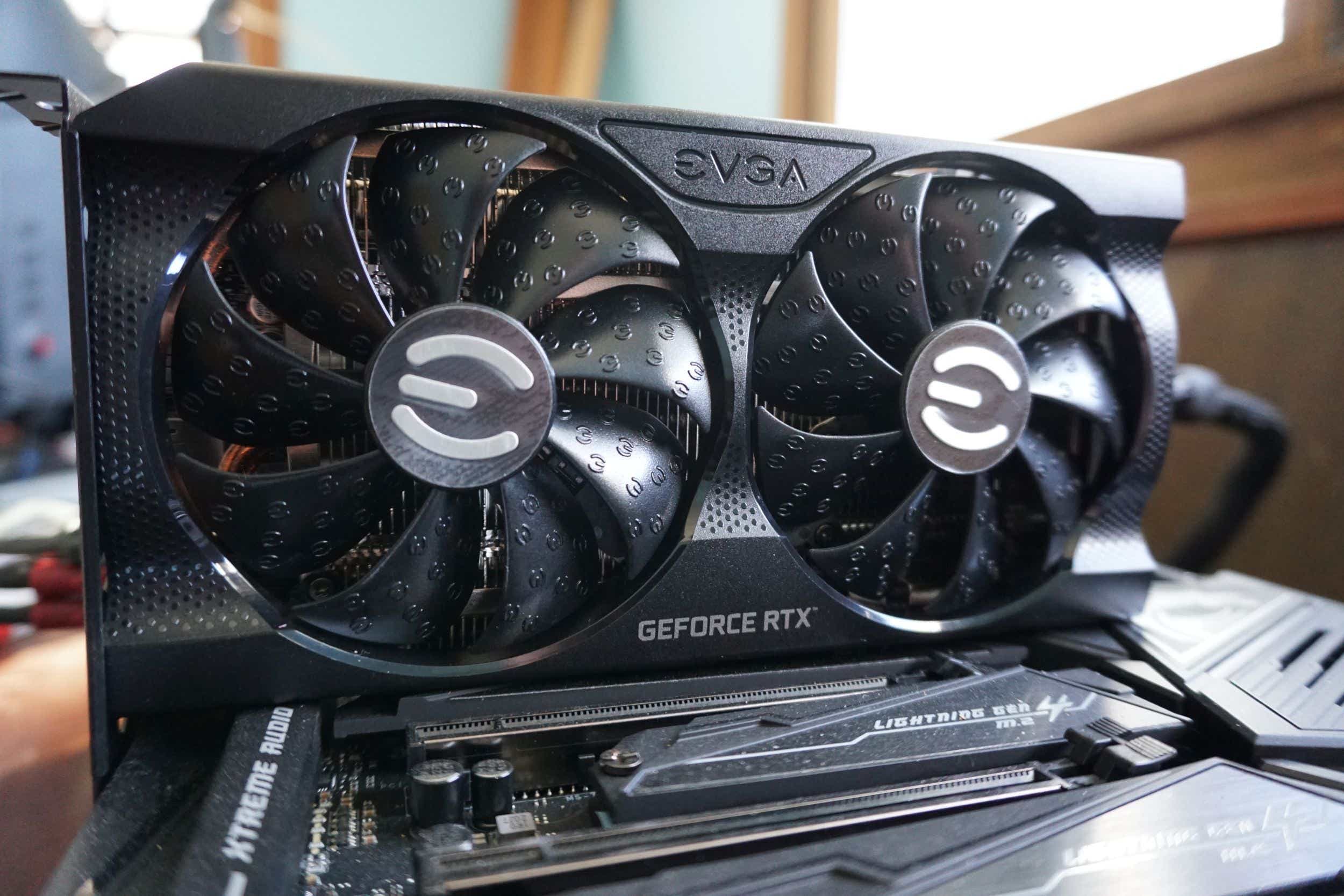 Read our reviewPrice When Reviewed:$330Best Prices Today:$284.99 at Walmart | $289.99 at Amazon | $289.99 at B&H
Read our reviewPrice When Reviewed:$330Best Prices Today:$284.99 at Walmart | $289.99 at Amazon | $289.99 at B&H
Nvidia RTX 3060 vs Intel Arc A770 LE: Price and availability
The stats: Nvidia’s GeForce RTX 3060 carries an MSRP of $329, while the Arc A770 LE costs $349 at retail. (You can grab the 8GB version for $20 less, or the Arc A750 for $289 as well.)
Can you really find these GPUs at these prices? Not really, not even with the current soft market for graphics cards. The RTX 3060 can be found easily from many retailers in stock, but you’ll still be likely paying slightly more than the $329 MSRP retail.
The Intel Arc A770 LE, or “Limited Edition,” isn’t really supposed to be limited—it’s just a brand name, like Nvidia’s rival “Founders Edition” GPUs—but it seems like it. Intel’s graphics card is very difficult to find, having sold out quickly upon its release. We’d guess that’s because of more limited stock numbers rather than loads of buyers picking them up, however.
My local Microcenter seemed to get roughly four or five units each of the A750 and A770, and that’s where I snapped up this Arc A770 16GB LE version for MSRP. Looking around as of today, they’ve fairly difficult to find in stock and seem to already have higher pricing on the secondhand marketplaces.
The win most definitely goes to the RTX 3060 for price and availability this round, as they’re readily available.
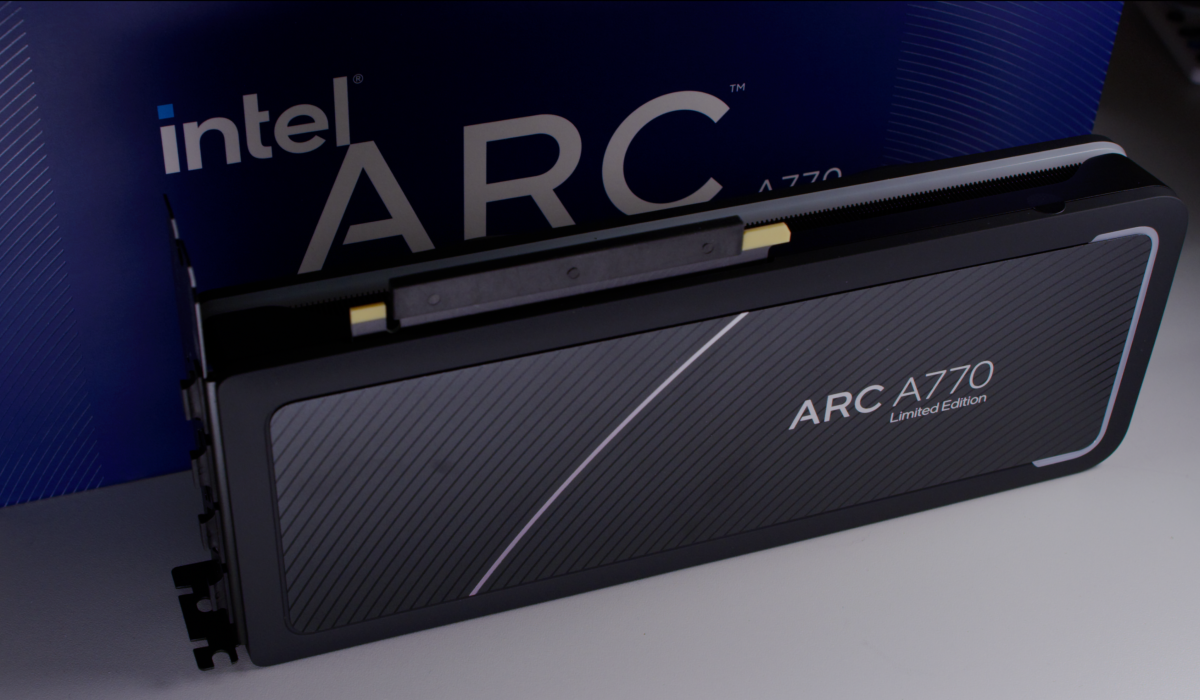
Thiago Trevisan
Thiago Trevisan
Thiago Trevisan
Nvidia RTX 3060 vs Intel Arc A770 LE: Performance
This is what everyone has been waiting for – what can Intel do against the established competition? Sometimes, it’s fantastic, punching well above its weight. Other times, it is endlessly frustrating, with performance issues and instability causing major woes. The Arc A770 delivers very competitive results in many newer DirectX 12 and Vulkan games. On the flip side, if you want to play DX11 games—which most legacy games and non-triple-A games use—it’s better to skip Arc, for now.
Keep in mind you’ll need a newer system that supports PCIe Resizable BAR or Smart Access Memory to take full advantage of the Intel Arc performance, which may limit some gamers with older hardware. If you haven’t upgraded your CPU and motherboard in the last few years, the GeForce RTX 3060 is the preferable upgrade. Our full Arc A770 review wades into the topsy-turvy performance results, but we’ve plucked out a few benchmarks to illustrate head-to-head performance between these two cards.
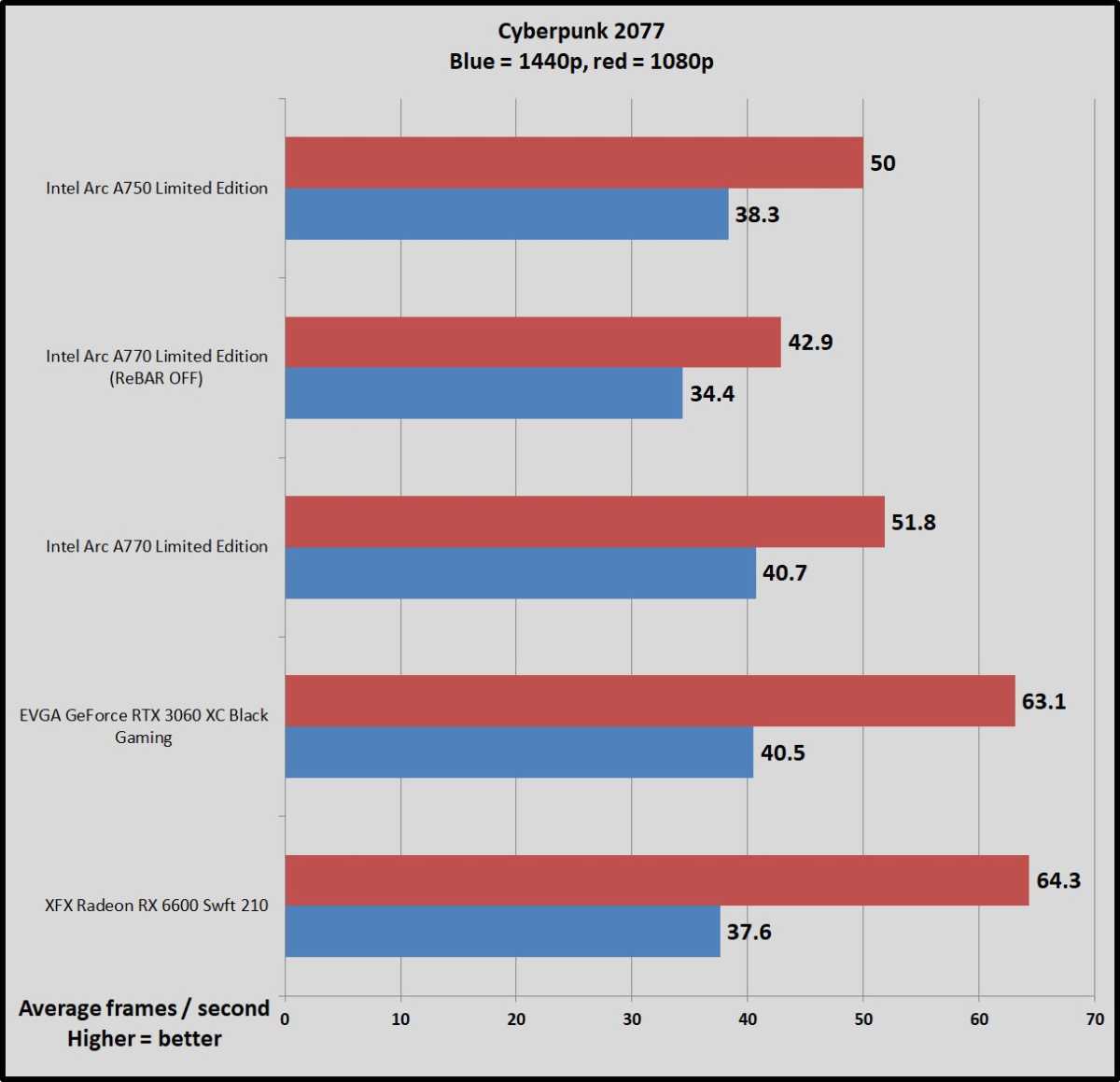
Thiago Trevisan
Thiago Trevisan
Thiago Trevisan
Here’s the game everyone loves to talk about – Cyberpunk 2077. With ReBar on, you’ll have the A770 match the RTX 3060 in 1440p, but fall behind in 1080p. Clearly, Intel Arc seems to scale much better with higher resolution, so 1080p gamers will likely find the RTX 3060 a better performer.
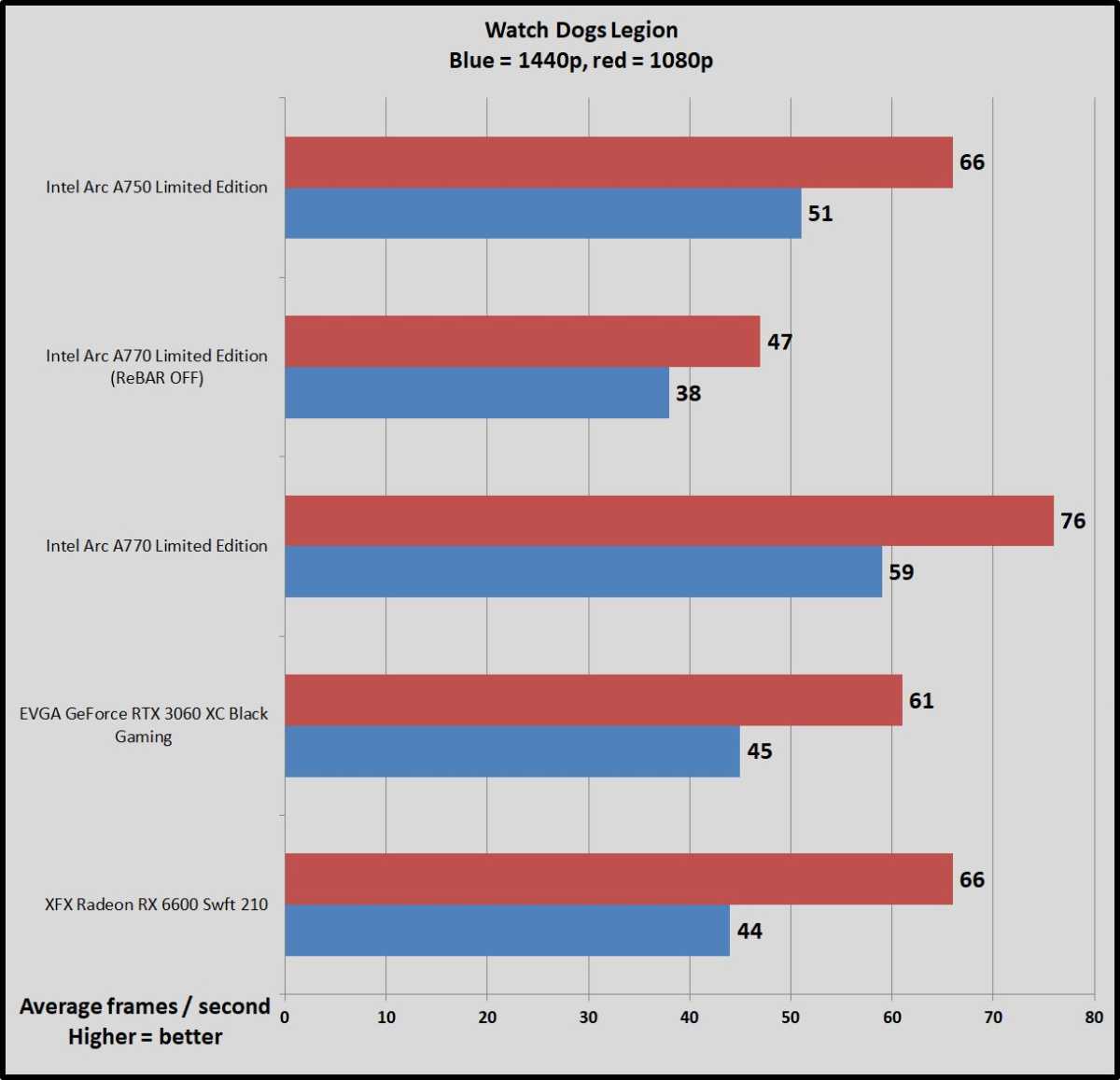
Thiago Trevisan
Thiago Trevisan
Thiago Trevisan
Let’s look at Watch Dogs Legion. Here, the A770 pulls an impressive lead over the RTX 3060, even at 1080p. Keep in mind “ReBar on” is crucial to squeeze performance from Intel’s GPU.
When Arc performs well, it certainly does so convincingly, especially if its with DX12 games. How about ray tracing performance? This has been a strong suit of Nvidia, and typically a challenge for AMD GPUs.

Thiago Trevisan
Thiago Trevisan
Thiago Trevisan
Ray tracing performance is impressive on the Arc when everything works in a stable fashion. They’ve been able to match or beat the RTX 3060 in many cases, such as in this Shadow of the Tomb Raider example.
Nvidia has a trick up its sleeve, however, in the form of their DLSS upscaling technology. This allows many games to run ray tracing at a much lower performance penalty while keeping higher frames rates. High fidelity visuals stay in check, too. Intel offers a similar option in the way of XeSS – but with much more limited game support at present.
Who wins the performance crown here? While Intel does pull an admittedly surprising lead in many titles when it does do well, even with ray tracing, the overall winner remains the RTX 3060 for one main reason: Consistency.
Unless you plan to play a very specific game where Arc excels, you’ll be better served by the mature drivers that accompany Nvidia’s GPUs for now, such as the RTX 3060. You will have a more consistent experience across games using DX11 and DX12. When we consider new technologies thrown in such as DLSS and ray tracing, Nvidia also has a more mature setup.
When Intel matures its drivers for Arc with stability improvements, the hardware can certainly prove very capable.
How about for content creators? GPU streaming has been an important performance facet to consider lately, and the Arc provides impressive AV1 encoders. Nvidia’s much more expensive RTX 40-series GPUs do so as well, but current-gen cards like the RTX 3060 lack those capabilities. For now, Arc is one of the best options for encoding. Some content creators, such as Linus Tech Tips, have even suggested to some it may be a good idea to run a second GPU in the form of an Intel Arc purely for this capability. While I don’t believe that’s a viable option for many, the increased encoding performance is certainly a point to keep an eye on for content creators.
Nvidia RTX 3060 vs Intel Arc A770 LE: Power and other things to know
The GeForce RTX 3060 is rated to pull 170 watts, which is meager compared to the numbers that most GPUs are putting out now. The Intel Arc A770 pulls a heftier 225 watts due to its larger GPU die, but that’s still reasonable to cool. Both are typically compact enough to fit in most cases, so this should not be an issue.
The RTX 3060 will have much better compatibility with the older hardware that a gamer may use to accompany such a GPU. With Intel’s Arc, you need ReBar or Smart Access Memory, which is only available on newer platforms. You’ll need this for a good experience, or Arc performance will suffer considerably.

Thiago Trevisan
Thiago Trevisan
Thiago Trevisan
Verdict: Should you consider Intel’s Arc, or stick with the Nvidia option?
It may be late, but Intel finally has entered as a competitor in the GPU space. Unfortunately, it comes with several serious issues that make it tough to recommend at this point.
First, let’s point to the positives. The Arc A770 pulls off some stunning surprise victories over Nvidia’s RTX 3060 (and even higher GeForce models) sometimes, in newer DX12 and Vulkan games. Even with ray-traced games, it impresses.
Secondly, Arc does try to do all the right extra things you want from a modern GPU – XESS upscaling, ray tracing, content creator perks, etc. It’s also nicely designed, in a package that shows care and GPU design with some attention to detail and build quality.
Here’s the bad news: Even if you wanted one, you’re going to have a tough time finding one for sale. It seems to have been quickly bought up by enthusiasts looking to tinker with it, and not gamers building their gaming PCs. Even with tough GPU markets, it seems to be a very limited release thus far.

The winner: Nvidia’s GeForce RTX 3060.
The winner: Nvidia’s GeForce RTX 3060.
Thiago Trevisan
The winner: Nvidia’s GeForce RTX 3060.
Thiago Trevisan
Thiago Trevisan
Sure, we’ve heard this story the last two years, but this time it’s different. The retail shelves are fully loaded with Nvidia GPUs such as the RTX 3060 close to MSRP. Some very worth competitors such as the AMD Radeon RX 6600 XT are also knockin’ on the door with newly reduced prices. These are readily available, and in most cases, offer more consistent performance.
Availability aside, driver woes are still a major issue for these debut Arc graphics cards. Will first-gen Arc age like “Fine Wine,” as often was said of AMD drivers? It’s too early to tell, but as of right now, gamers will undoubtedly face more stability issues across the gaming spectrum compared to more mature drivers from Nvidia. Problems range from stuttering issues, to crashes, and flat out not working.
As an enthusiast, I picked an Arc A770 up purely to tinker with it, and test it out. It’s not something that could be recommended to someone who just wants a GPU to game without issues. There are little sprinkles of potential here, however—and if Intel stays on the path of creating a great gaming GPU, one day it could very well give us the entire package. For now, you’re better off picking up a tried-and-true GeForce RTX 3060.
GeForce RTX 3060 XC Black Gaming
 Read our reviewPrice When Reviewed:$330Best Prices Today:$284.99 at Walmart | $289.99 at Amazon | $289.99 at B&H
Read our reviewPrice When Reviewed:$330Best Prices Today:$284.99 at Walmart | $289.99 at Amazon | $289.99 at B&H
Author: Thiago Trevisan
Recent stories by Thiago Trevisan:
Nvidia GeForce RTX 4090 vs. RTX 4080: Which 4K GPU should you buy?Nvidia GeForce RTX 4080 vs. RTX 3080: Which should you buy?MSI MAG Z790 Tomahawk WiFi DDR4 review: Next-gen CPUs meet mainstream RAM




